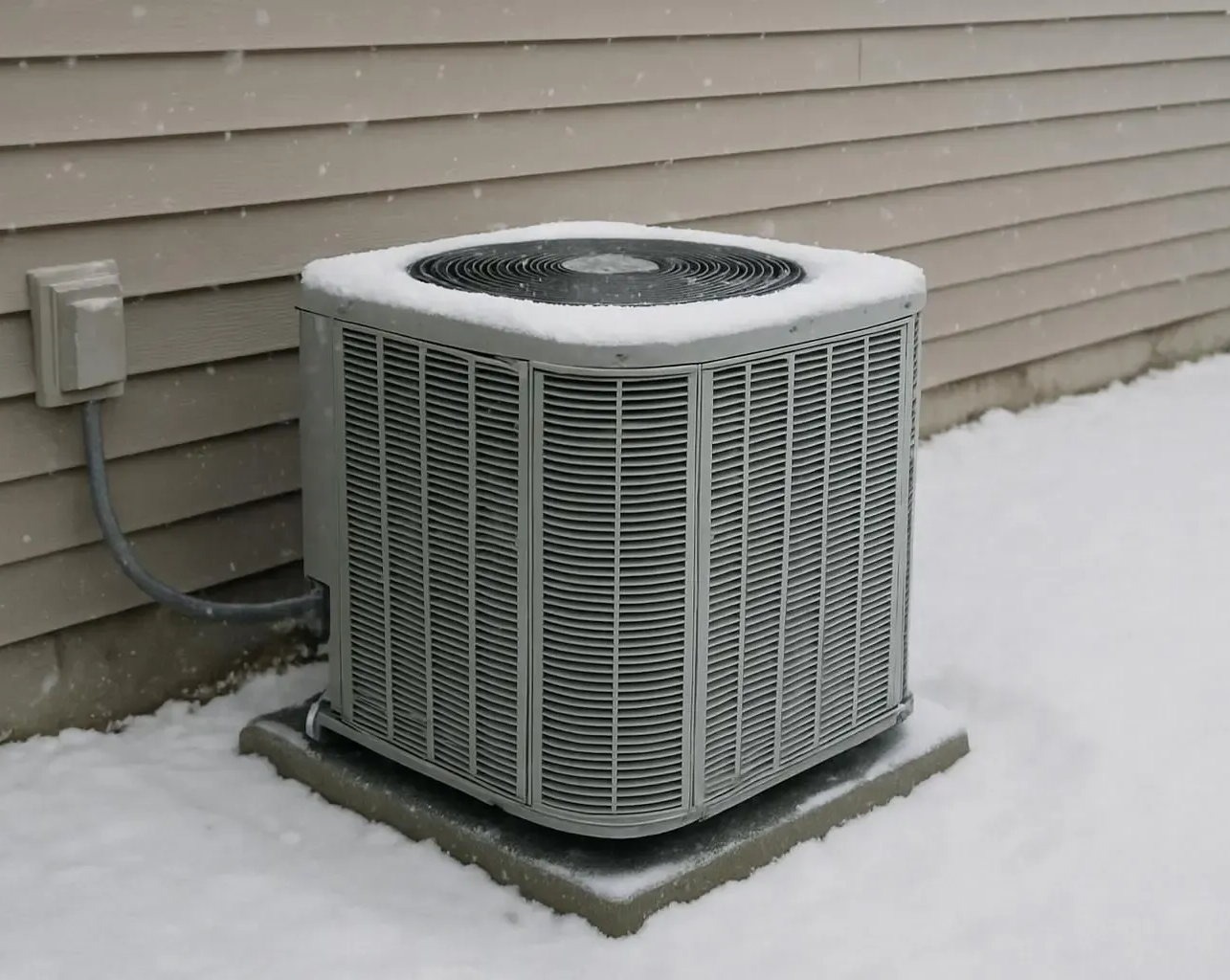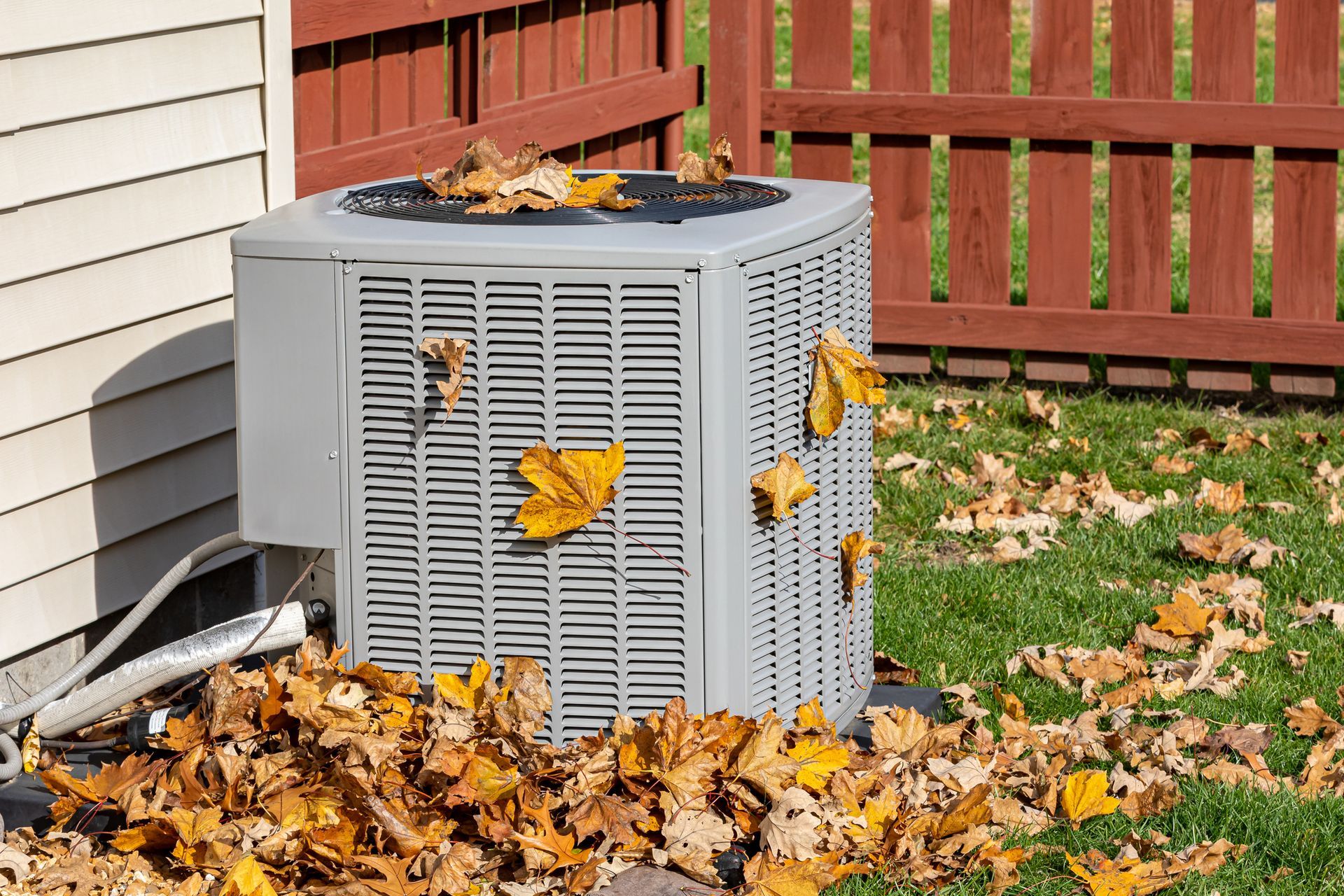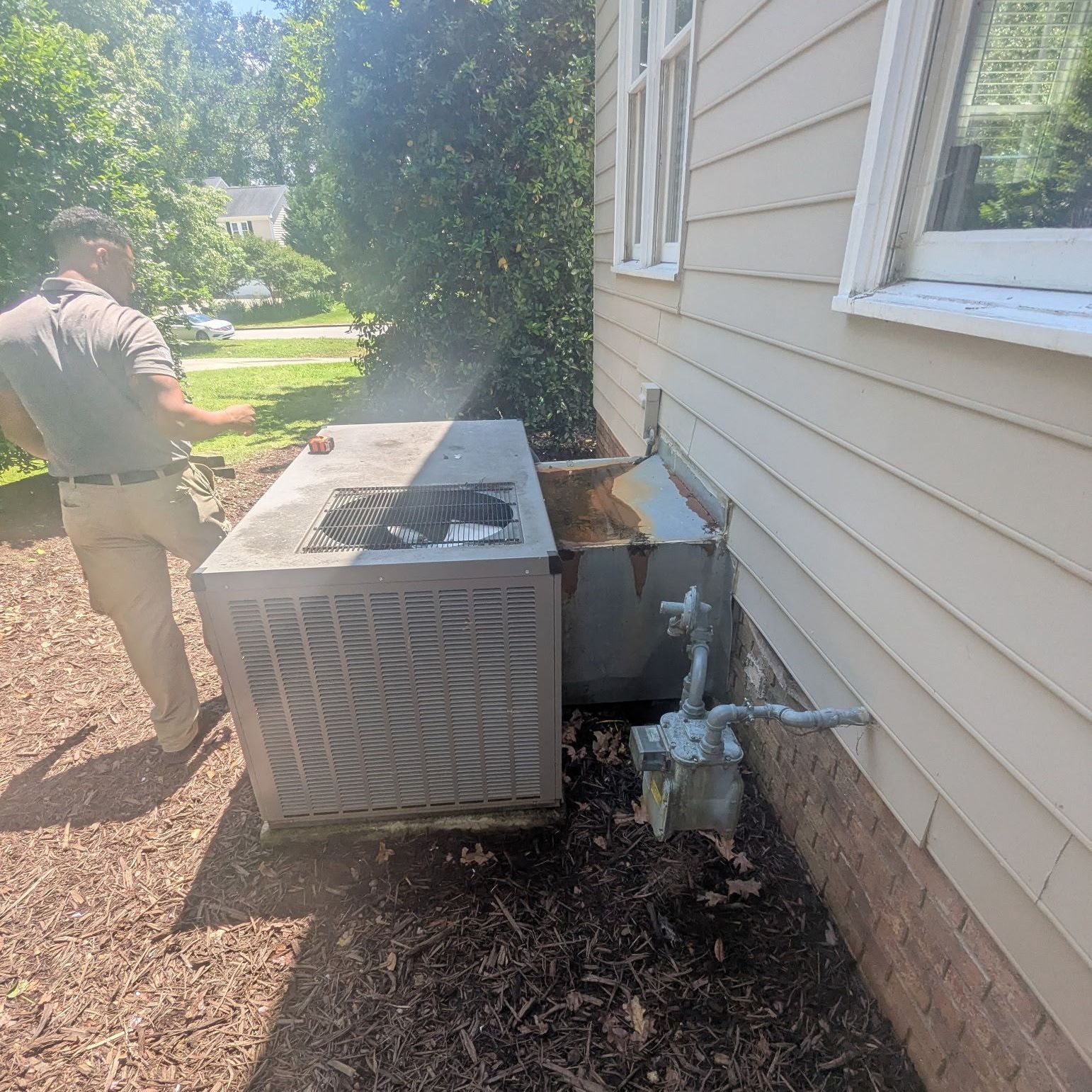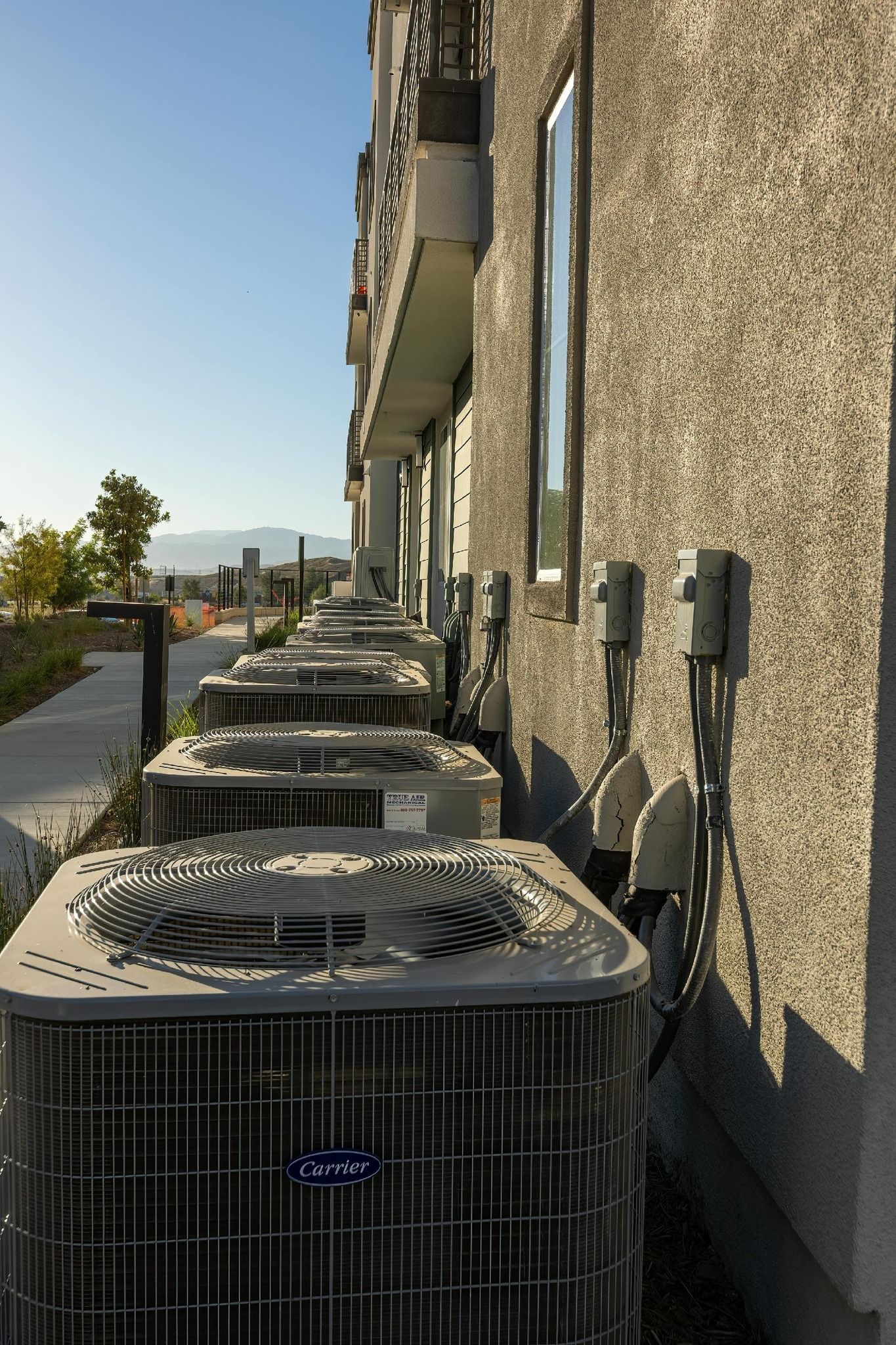Mini-Splits vs. Central HVAC: Which is Best for Your Triangle, NC Home?
If you’re building, upgrading, or simply rethinking your home’s comfort system in the Triangle area of North Carolina, you’ve probably heard about ductless mini-splits as an alternative to traditional central HVAC. Both options can keep your home comfortable through hot summers and chilly winters, but the right choice depends on your home’s size, design, and long-term energy goals.
Below, we’ll compare mini-splits vs. central HVAC systems so you can make the best decision for your home.
What is a Central HVAC System?
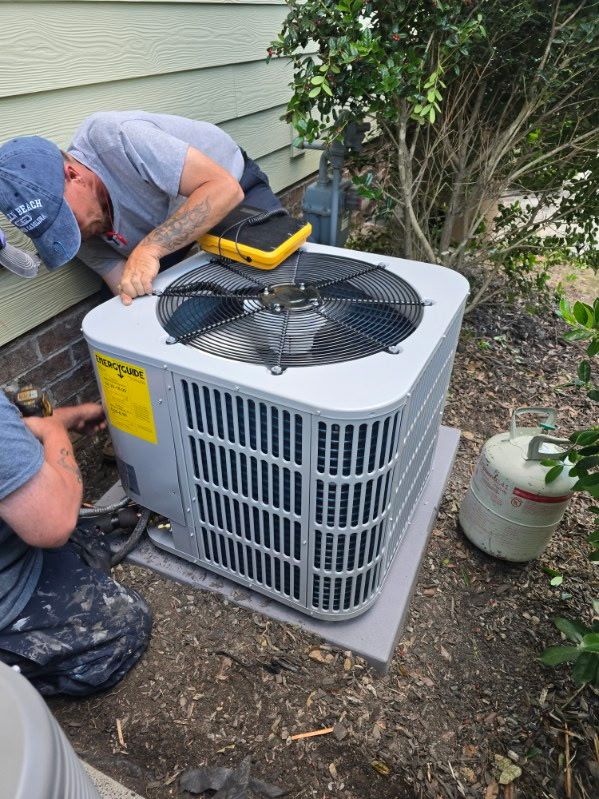
A central HVAC system uses ductwork to distribute heated or cooled air throughout your home. It’s a whole-home solution and is common in most houses in the Triangle area.
Pros:
- Provides consistent comfort throughout the home
- Can be paired with modern smart thermostats
- Adds resale value, since most buyers expect central HVAC
- Good for larger homes
Cons:
- Requires ductwork, which can be expensive to install or repair
- Energy loss through ducts can reduce efficiency
- Harder to “zone” – every room gets the same temperature
What is a Ductless Mini-Split System?
Mini-splits are smaller units mounted on walls or ceilings that heat and cool individual rooms or zones. They don’t use ducts, making them ideal for targeted comfort.
Pros:
- High energy efficiency (no duct losses)
- Flexible – can heat/cool individual rooms
- Perfect for additions, basements, garages, or bonus rooms
- Easy to install compared to central HVAC
- Can improve indoor air quality by avoiding dust in ductwork
Cons:
- May not look as seamless as vents and grills
- Can be less cost-effective for large homes needing many units
- Higher upfront cost per unit
Cost Comparison
- Central HVAC: Typically has higher upfront installation costs if ductwork needs to be added, but one system can cover the entire home.
- Mini-Splits: Lower cost for small areas or single rooms, but costs can add up if you’re trying to cover a large multi-room home.
Maintenance
- Central HVAC requires regular duct cleaning, filter changes, and annual inspections.
- Mini-Splits require filter cleaning more often, but maintenance is usually simpler and more localized.
Efficiency
- Mini-splits are often more efficient because there’s no duct energy loss.
- Central HVAC can also be efficient if ducts are sealed properly and the system is well maintained.
Which is Right for You?
- Choose Central HVAC if: you have a larger home, already have ductwork in place, and want a seamless, whole-home solution.
- Choose Mini-Splits if: you’re adding a new space, have rooms that never stay comfortable, or want to maximize energy efficiency in targeted areas.
Conclusion:
Every home in the Triangle area has different needs, and the right HVAC solution depends on your budget, comfort goals, and home layout. Whether you’re leaning toward a ductless mini-split or a central HVAC system, the experts at Parker and Company Heating and Air can help you choose the perfect fit.

